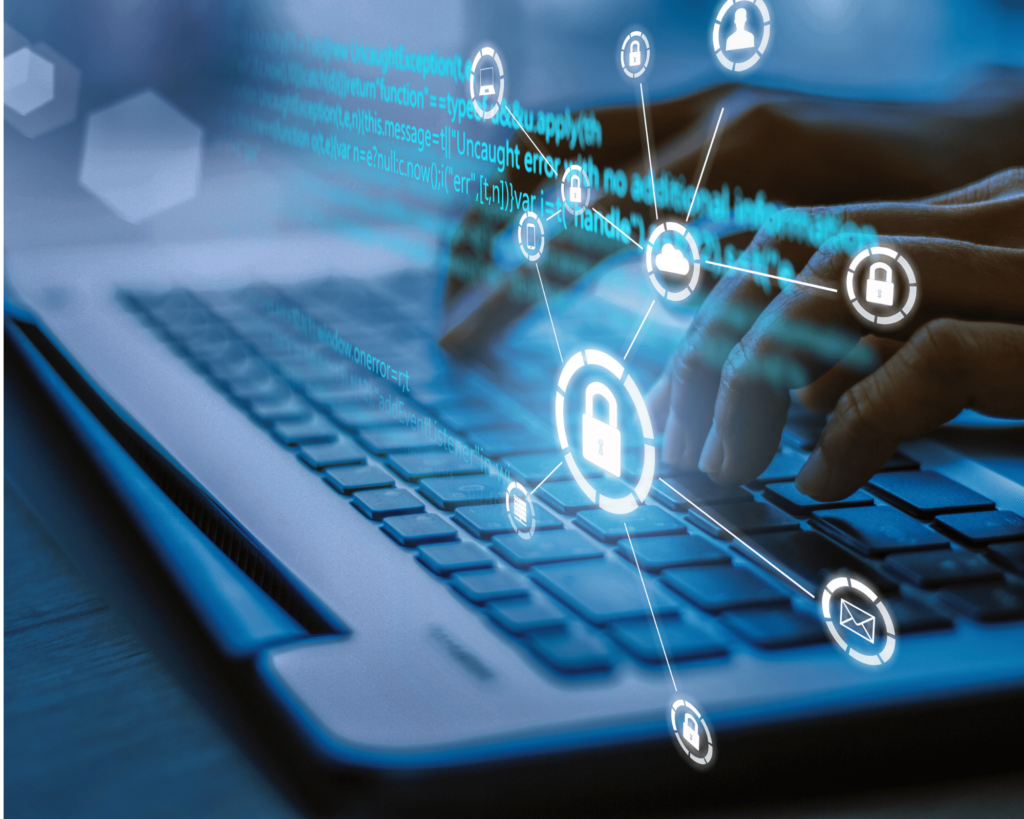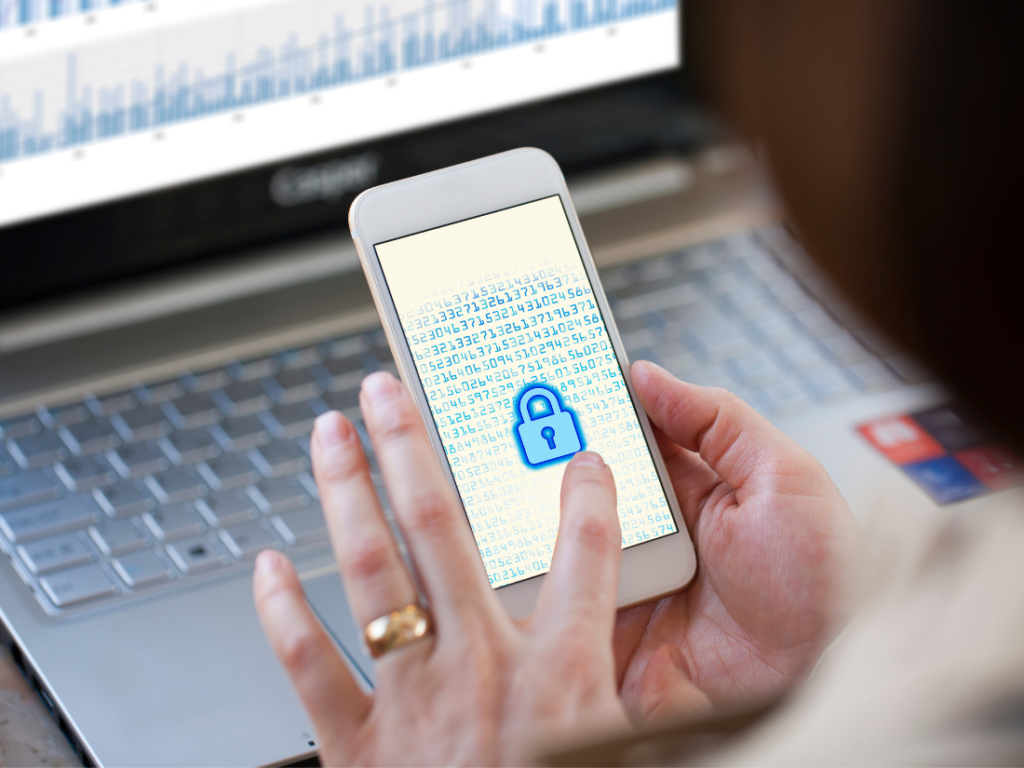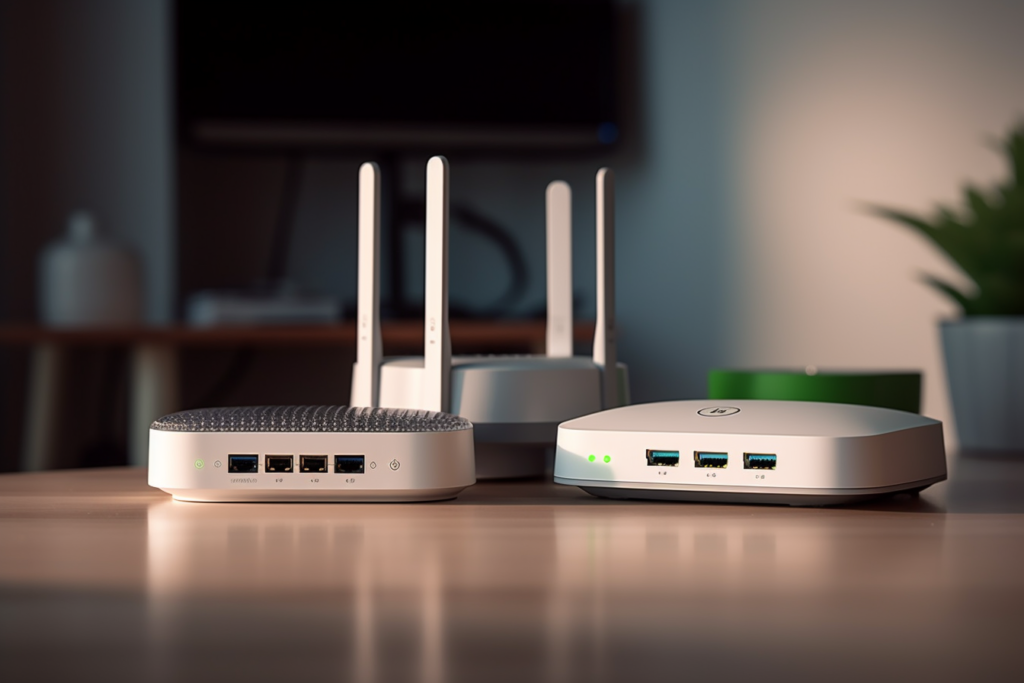In the modern work environment, the boundaries between office and home have blurred, leading to an unprecedented rise in remote work. This shift, accelerated by global events and technological advancements, has brought many benefits, including flexibility and the elimination of commutes. However, it also introduces significant cybersecurity challenges. As remote work becomes the norm, understanding and implementing robust cybersecurity practices has never been more critical.
The essence of cybersecurity in a work-from-home setup is to protect not just the data and information that flow through our digital lifelines but also the devices and networks that facilitate our daily tasks. This article, “Remote Work Security: Essential Cybersecurity Practices for Your Home Office,” aims to equip you with the knowledge and tools to secure your digital workspace. Whether it’s ensuring the integrity of your devices, fortifying your home network, or practicing stringent password hygiene, the layers of defense you build will form an impenetrable fortress around your remote work environment.
We’ll delve into essential strategies for safeguarding your devices against unauthorized access and potential threats, emphasizing the importance of regular software updates and the use of reliable antivirus and anti-malware solutions. Furthermore, we’ll explore the intricacies of network security, from setting strong, unique passwords for your Wi-Fi network to the advantages of using a Virtual Private Network (VPN) for enhanced data privacy and protection.
Communication is another pillar of our discussion. The transition to remote work has underscored the need for secure, official channels of communication to prevent data breaches and maintain confidentiality. Additionally, we’ll address the critical skill of identifying suspicious activities, particularly phishing and social engineering attacks, which have become increasingly sophisticated and targeted.
By the end of this article, you’ll have a comprehensive understanding of the cybersecurity precautions essential for anyone working from home. Protecting yourself online is not just about safeguarding your personal data but also about ensuring the resilience and success of the business operations you support. Let’s embark on this journey to a more secure remote work experience, where cybersecurity is not just a practice but a culture.

Securing Devices for Remote Work
In the era of remote work, your devices are the gateways to your professional world. Securing these devices is paramount, not just for the protection of sensitive information but also to safeguard your personal data from cyber threats. Here’s how you can create a fortress around your digital devices.
1. Regular Updates: The First Line of Defense
Keep your operating system and all software up to date. Software developers regularly release updates that not only add new features but also patch security vulnerabilities. Enabling automatic updates can ensure you’re always protected against the latest threats.
2. Antivirus and Anti-Malware Solutions: Your Cybersecurity Sentinels
Invest in a reputable antivirus and anti-malware program. These solutions serve as sentinels, constantly monitoring your device for malicious activities and software. Regular scans can help detect and quarantine threats before they infiltrate your system.
3. Secure Your Hardware: Physical Measures Count
Physical security is often overlooked. Simple measures, such as using cable locks for laptops, can deter theft. Moreover, consider using privacy screens to prevent prying eyes from viewing sensitive information on your screen.
4. Firewall: The Digital Barrier
Ensure your device’s firewall is enabled. A firewall acts as a barrier between your computer and the internet, monitoring incoming and outgoing traffic to block suspicious activity. It’s a critical component of your device’s defense system.
5. Backup: Your Safety Net
Regularly back up important data. In the event of a cyber attack, such as ransomware, having your files saved on an external hard drive or a cloud-based service can be a lifesaver. It’s your best defense against data loss, allowing you to restore your system to its pre-attack state.
6. Secure Your Wi-Fi Connection
Use a secured Wi-Fi connection with a strong, unique password. Public Wi-Fi networks are hotbeds for cybercriminals, so avoid conducting work over unsecured connections. Consider using a Virtual Private Network (VPN) to encrypt your internet connection, enhancing your online privacy and security.
7. Device Authentication:
Implement biometric authentication, such as fingerprint or facial recognition, where available. These methods add an extra layer of security, ensuring that only you can access your device.
By adhering to these practices, you’re not just protecting your devices; you’re safeguarding your peace of mind. The key is consistency and vigilance. Cybersecurity threats are ever-evolving, but so are the methods to combat them. Stay informed, stay protected, and let your devices be the strongholds of your professional endeavors.

Strengthening Your Home Network
The sanctity of your home network is critical in the remote work landscape. A secure home network acts as the foundation upon which the safety of all your work-from-home activities rests. Here’s a comprehensive guide to bolstering your network’s defenses:
1. Upgrade to a Secure Router:
Start with the heart of your home network: the router. Ensure it’s up to date with the latest security standards (such as WPA3) and firmware updates. Modern routers come equipped with built-in security features like firewalls, which help monitor and control the incoming and outgoing network traffic based on an applied rule set.
2. Set a Strong, Unique Wi-Fi Password:
Gone are the days of using ‘password’ or ‘123456’ as your Wi-Fi password. The strength of your network security begins with a strong, unique password that uses a mix of letters, numbers, and symbols. Changing your Wi-Fi password regularly can also help keep potential intruders at bay.
3. Implement a Virtual Private Network (VPN):
A VPN encrypts your internet connection, making it secure and private. When working from home, a VPN ensures that sensitive data remains confidential, providing an essential layer of protection from cyber threats, especially if you must access company resources remotely.
4. Enable Network Encryption:
Encrypting your network involves encoding data transmitted across your network, making it inaccessible to unauthorized users. Utilize the highest level of encryption available on your router to protect your internet traffic and keep your activities private.
5. Separate Networks for Work and Personal Use:
Create a separate Wi-Fi network for your work-related activities. Many modern routers allow you to set up multiple networks, which can help mitigate risks by isolating your work activities from your personal internet usage.
6. Regularly Update Router Firmware:
Manufacturers frequently release firmware updates to address vulnerabilities, add features, and improve performance. Keeping your router’s firmware up to date is crucial for maintaining network security and functionality.
7. Disable Wi-Fi Protected Setup (WPS):
While WPS offers a convenient way to connect devices to your network without entering a password, it can also present a security risk. Disabling WPS adds an extra layer of protection to your network.
8. Monitor Connected Devices:
Keep an eye on the devices connected to your network. Unauthorized devices can be a sign of a security breach. Regularly auditing your network for unfamiliar devices can help you detect and respond to potential threats promptly.
Securing your home network is an ongoing process that requires regular attention and maintenance. By implementing these strategies, you can create a robust defense against cyber threats, ensuring that your work-from-home environment is as secure as possible.

Password Hygiene and Secure Communication
In the digital age, your passwords are the keys to the kingdom. Effective password hygiene is critical for safeguarding your professional and personal data. Here’s how to ensure your passwords are robust and resilient against cyber threats:
1. Embrace Complexity:
Strong passwords are complex and unique, incorporating a mix of uppercase and lowercase letters, numbers, and symbols. Avoid common words and phrases, as these are easily cracked by cybercriminals using sophisticated software.
2. Length Matters:
The longer the password, the harder it is to crack. Aim for passwords that are at least 12 characters long. Each additional character exponentially increases the security of your password.
3. Use a Password Manager:
Remembering a unique, complex password for each account can be daunting. Password managers can generate strong passwords for you, store them securely, and automatically fill them in when you log in to websites and apps, simplifying your digital life while enhancing security.
4. Implement Multi-Factor Authentication (MFA):
MFA adds an additional layer of security by requiring two or more verification methods to gain access to your accounts — something you know (your password), something you have (a mobile device), or something you are (biometric verification). Even if a cybercriminal obtains your password, MFA can stop them in their tracks.
5. Regularly Update Your Passwords:
Change your passwords regularly to reduce the risk of being hacked. If a service you use has been breached, change your password for that service immediately.
6. Be Wary of Phishing Attempts:
Cybercriminals often use phishing emails or messages to trick individuals into revealing their passwords. Be cautious about unsolicited requests for your passwords or personal information, and verify the authenticity of any request.
Secure communication is equally important. Always use encrypted communication channels for sharing sensitive information. Encryption scrambles the information you send over the internet into a code so it’s not accessible to others. Utilizing VPNs and encrypted messaging apps can ensure that your professional communications remain confidential and secure.
By practicing diligent password hygiene and secure communication methods, you’re not just protecting your work; you’re ensuring the security of your entire digital presence. Let these practices be a staple in your remote work routine, safeguarding your professional journey every step of the way.

Cultivating a Culture of Suspicion: Phishing and Social Engineering
In the digital workplace, vigilance is your strongest ally against the ever-present threat of phishing and social engineering attacks. These deceptive practices are designed to trick you into giving away sensitive information, such as passwords or bank details. Here’s how to cultivate a culture of suspicion and protect yourself from these insidious threats:
1. Recognize the Signs:
Phishing attempts often come in the form of emails or messages that mimic legitimate companies or contacts. Be on the lookout for suspicious signs such as poor spelling and grammar, generic greetings, and urgent requests for personal information or money.
2. Verify Before Trusting:
If an email or message requests sensitive information, verify its authenticity by contacting the company or individual directly through official channels. Do not click on any links or download attachments from suspicious emails.
3. Use Security Tools:
Implement email filters and security software that can help detect and block phishing attempts. These tools can be invaluable in providing an additional layer of protection.
4. Educate Yourself and Others:
Stay informed about the latest phishing tactics and share this knowledge with colleagues, friends, and family. Regular training and awareness programs can help build a collective defense against these threats.
5. Report Suspected Phishing Attempts:
If you encounter a phishing email, report it to the appropriate authorities within your organization or through public channels such as the Anti-Phishing Working Group (APWG). Reporting helps improve defenses against future attacks.
6. Secure Your Personal Information:
Be cautious about the amount of personal information you share online. Cybercriminals can use this information to craft targeted phishing attacks.
Creating a culture of suspicion doesn’t mean living in fear; it means being aware, prepared, and proactive in protecting yourself and your organization from cyber threats. By adopting these practices, you contribute to a safer digital environment for everyone.

Conclusion: Building a Cyber-Secure Future
As we navigate the complexities of the remote work landscape, the significance of cybersecurity cannot be overstated. Our journey through “Remote Work Security: Essential Cybersecurity Practices for Your Home Office” underscores the multifaceted approach required to safeguard our digital domains. From securing devices and fortifying home networks to practicing rigorous password hygiene and cultivating a culture of suspicion, each strategy contributes to a comprehensive defense mechanism against cyber threats.
The digital fortress we construct around our home office is not built overnight. It requires continuous effort, vigilance, and a commitment to adopting and maintaining best practices. Cybersecurity is a dynamic field, with threats evolving as rapidly as the technologies designed to counter them. Therefore, staying informed, adapting to new security trends, and implementing proactive measures are crucial steps in ensuring our remote work environments are not only productive but also secure.
Let this article serve as a starting point for your cybersecurity journey. By implementing these essential practices, you’re not just protecting your work; you’re securing a future where remote work is synonymous with safe work. As we embrace the possibilities of remote work, let us also commit to the responsibilities it entails — ensuring our digital workspaces are fortified against the cyber challenges of today and tomorrow.

